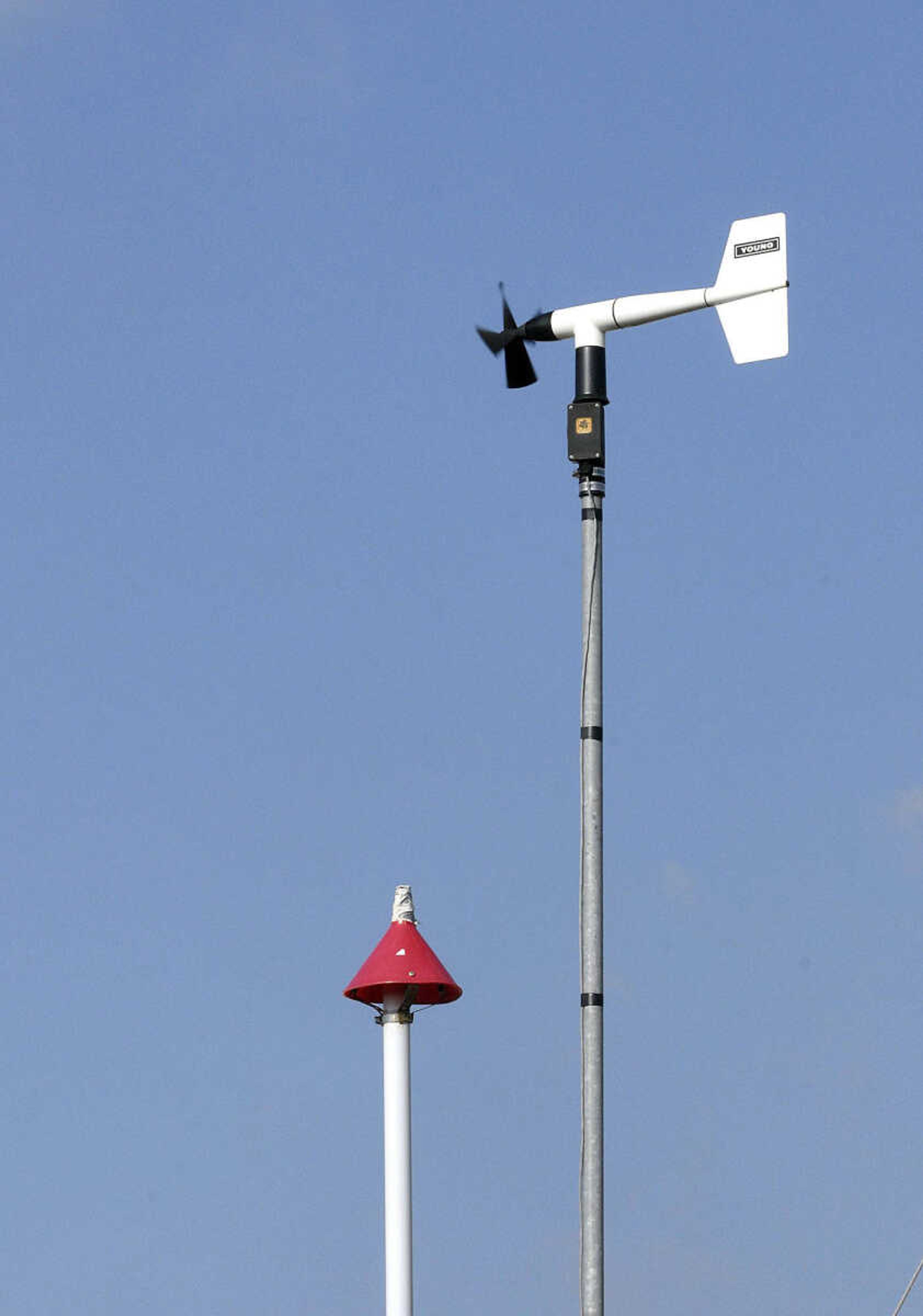Mild summer leads to lower ozone numbers
The ozone readings in Perry and Ste. Genevieve counties were in compliance with the Environmental Protection Agency standard of 75 parts per billion through the entire ozone season this year -- a turnaround from last year, when monitors displayed triple-digit numbers...
Ozone readings in Perry and Ste. Genevieve counties complied with the Environmental Protection Agency standard of 75 parts per billion through the entire ozone season this year -- a turnaround from 2012, when monitors displayed high, triple-digit numbers.
Uncertainty over future compliance hangs in the air, as it remains uncertain whether the EPA will choose to lower the parts-per-billion ozone standard to 60 or 70.
The ozone season, from April 1 to Oct. 31, this year was marked by breezy days and cooler weather. David Grimes, regional planner with the Southeast Missouri Regional Planning and Economic Development Commission, attributed those conditions to the readings at or below the EPA's 2008 National Ambient Air Quality Standard of 75 parts per billion at monitoring stations near Farrar, Mo., about 35 miles north of Cape Girardeau, and near Bonne Terre, Mo.
The most recent reading at Farrar was 72 parts per billion, and the Bonne Terre reading was 75 parts per billion.
"My sense of it is that this summer was much more normal. What drove us into the red zone, out of compliance last year was an extremely hot spell of really hot weather," Grimes said. " ... Humid skies, hot weather and, viola, you have ozone."
Ground-level ozone is an air pollutant that is harmful to breathe, and it damages crops, trees and other vegetation, according the EPA.
The EPA chose to maintain its part-per-billion standard in 2011, and decided to revisit a possible adjustment of the standard in 2013.
The EPA has asked for a meeting of the Clean Air Scientific Advisory Committee regarding lowering the air quality standard in March or April, Grimes said. Given the time frame involved in drafting and notifying the public of its effects, the new standard likely won't be released until late 2014 or early 2015, "and that's good news for us," he said.
"If EPA lowers the number, I doubt that we will be able to stay in compliance," he said.
If they're not able to stay in compliance, Perry or Ste. Genevieve counties would be designated a nonattainment area by the EPA, leading to strict and costly regulations for major expansions or the building of new plants.
Some ozone comes from natural sources, Grimes said, no matter how many people mow their lawns at night or stop at the click when filling their tanks at a gas station to lessen its output. Hydrocarbons are precursors for ozone and are released into the air by decomposing organic matter.
"It doesn't matter if it's a car driving on the road or a tree rotting in the forest, ozone is going to happen at some level," he said.
Precursors for ozone also are nitrogen oxide and volatile organic compounds, which are light and travel from state to state and around the world.
"They've got to come up with some way that makes sense to get big emitters under control, nationally," Grimes said, providing power plants as an example.
If Perry or Ste. Genevieve counties were deemed a nonattainment area, the question becomes how far would the boundaries of the area extend, Grimes said. The EPA would look at contiguous counties of contributors or recipients of ozone, which may include Cape Girardeau.
"Even though Cape County doesn't have a monitor, they ain't out of the woods," he said.
The Southeast Missouri Regional Planning Commission Air Quality Committee is scheduled to meet Oct. 25 in Perryville, Mo., to review this year's ozone readings and hear from speakers about the topic.
adowning@semissourian.com
388-3632
Pertinent addresses:
Farrar, MO
Bonne Terre, MO
Connect with the Southeast Missourian Newsroom:
For corrections to this story or other insights for the editor, click here. To submit a letter to the editor, click here. To learn about the Southeast Missourian’s AI Policy, click here.








